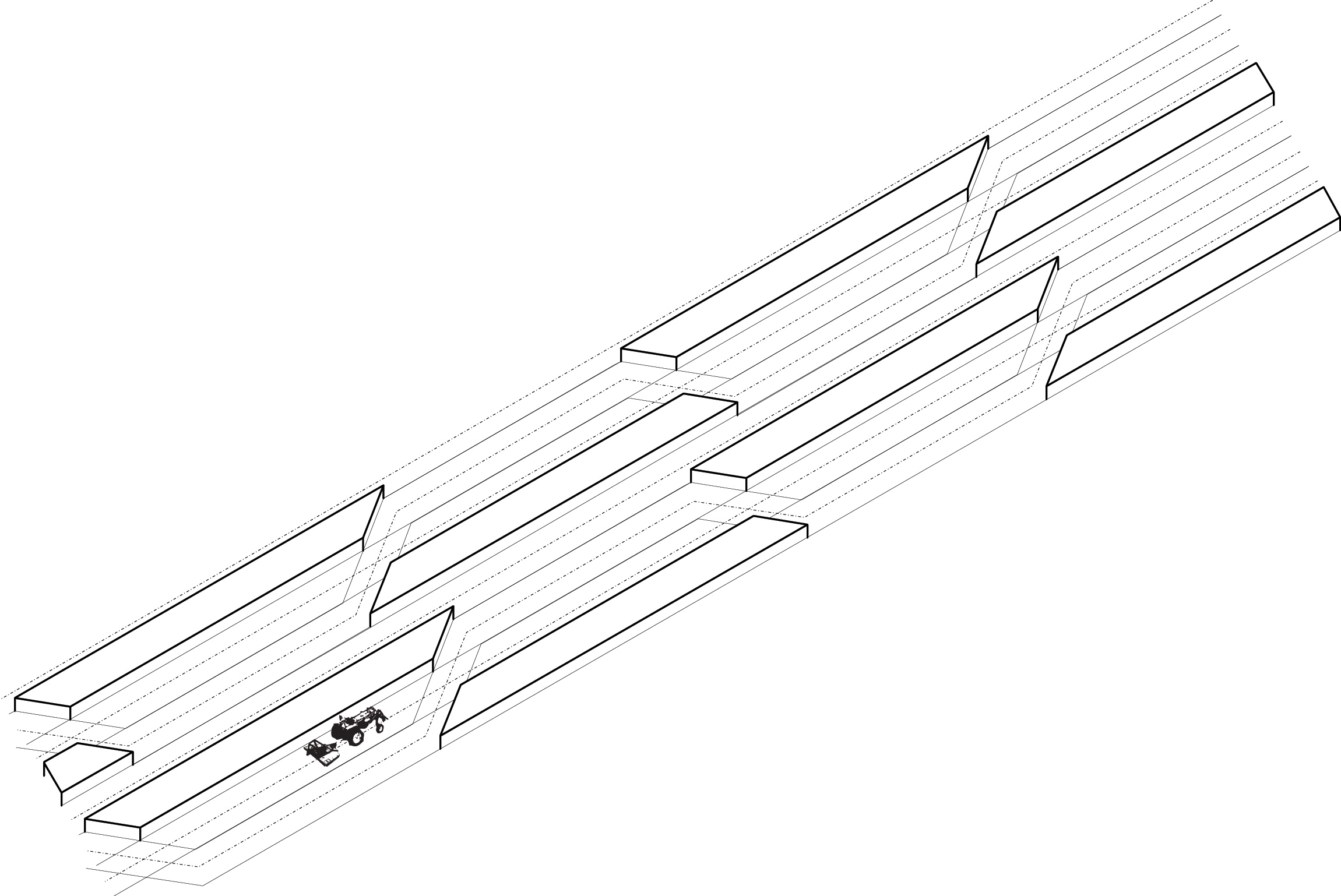"What’s striking about this so-called
restoration process, with its ongoing need for
planting and weeding, is that it looks an awful
lot like gardening."
Peter Del Tredici, The Role of Horticulture in a Changing World







How do we take care of this deindustrialized sliver of land between the river and the railroad? We mow it. Not so much because we need to keep it clear anymore, but because we don’t like what emerges on its own – Rubus armeniacus (procera), the Himalayan Blackberry. Originally introduced for berry production by the esteemed horticulturalist Luther Burbank, it escaped from cultivation in the 1920’s, “it’s great vigor” proving too well adapted to disturbed Willamette Valley soils where it captures abandoned land in a state of arrested succession. These blackberry thickets provide habitat and food for many birds and mammals unaware of her foreign lineage and unscrupulous behavior. They dine on her shiny, black drupelets and disperse her seeds totally unaware of the environmental consequences of their behavior. But despite her appearance to other species, ultimately R. armeniacus is an unfriendly plant for humans and a sign of neglect, so annually we cut down each cane to suppress the aggression.
Field composite strikes a balance between blackberry control and the novel meadow succession occurring on the site. By combining several mowing patterns from previous experiments, the field is ordered into strips and the blackberry is systematically cut out of each row. The directionality of the mowing reflects the geometry of the site, with views of the field appearing completely unmown from some perspectives but highly patterned from others. A frontage mowing frames the exhibition to indicate that the space is cared for and reduce fire risk from the odd discarded cigarette. What’s left is a highly diverse assemblage of cosmopolitan species – shelter that would otherwise have been eliminated from a blanket mowing – and the surprising spaces that emerge by combining the formal logic of the Billy Goat Brushcutter with the population ecology of the Himalayan Blackberry.
